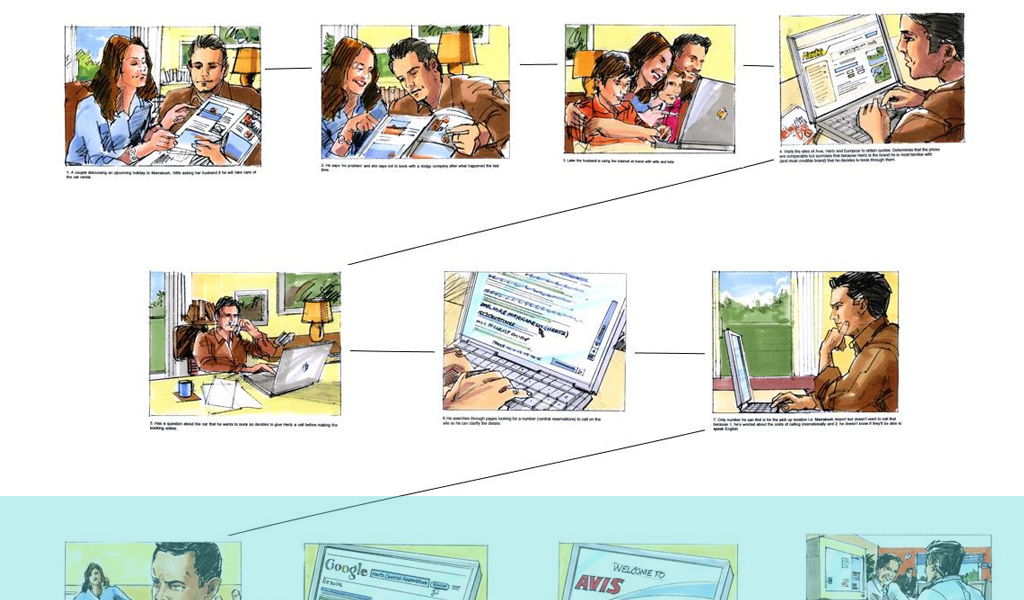
Research should always be an important component of UX design and there are certain techniques and tools that can be extremely useful in making the research as relevant and informative as possible. One of these techniques is storyboarding and we will look at some aspects of this useful methodology here.
A storyboard is a series of illustrations that depict a particular story or journey that the communicator or designer wishes to convey. Storyboarding brings user journeys and processes to life using a strong visual style to provide the narrative from the user perspective.
This can be a detailed depiction of the major steps or more of a broad outline of a sequence or process – but the main thing is that it is a pictorial representation of the progression that includes dialogue and instructions and enable non-specialist and specialist alike to quickly understand a sometimes complex processes. Everyone can (and should) be involved in the storyboard – it is not just the property and realm of the designer – and this involvement should generate a more rounded and inclusive experience and therefore better results;
The Benefits of Storyboards
A storyboard can be beneficial in UX design for a number of reasons:
- It is a quick and cost-effective way of mapping out a project to use as a starting point for involvement and discussion;
- It shows the relationship between various elements and features clearly and in a manner that can be easily understood and assimilated;
- People relate better to something they can see as it tends to humanise the experience and engage the user better;
- Because it is quick and rough it encourages more progressive and creative thinking and allows those involved to go outside the box and experiment without too much fear of criticism or wasteful dead-ending.
- It has a two-way dimension in that it can help designers understand the journey or process they are trying to develop and it can help non-designers see what a particular process or journey might look like and visualise the interactions and progressions.
Best Practices for Storyboard Creation
There are a number of elements that are critical in ensuring a storyboard has maximum usability:
- Background and environment – you have to place the action in a recognisable and relevant location that is believable and informative in moving the story along;
- Characterisation – so that there is a discernible and engaging human factor which those involved can relate to and feel empathy with;
- Emotions – it is necessary for the project team to understand what emotions are being generated throughout the sequence as this helps to identify critical points and highs and lows in the journey that need particular attention;
- Story – there must be a clear plot; it is not just a question of hanging together a series of events, situations or interactions – there must be clear storyline and transitioning through phases, including where the characters are coming from, what they are trying to achieve and how they are helped (or hindered) on their way through;
- Outcomes – whether this is the current actual outcomes or the desired outcome from the development project, there must be a clear conclusion to the journey so that lessons are learned and assimilated by the project team.
Storyboards can be key elements in design development if they are used properly. Most processes involving users are susceptible to storyboarding though obviously those with a clear story element and structure will be more conducive. Processes of a very technical nature that don’t have a significant or easily represented human element might not be so suitable for this treatment.
If you are interested in the concept of storyboarding and would like to find out more why not ring us on +44(0)800 024624 or email us at hello@ux247.com


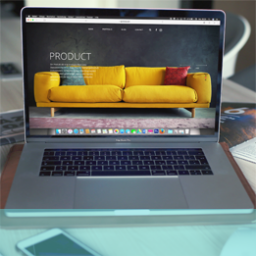

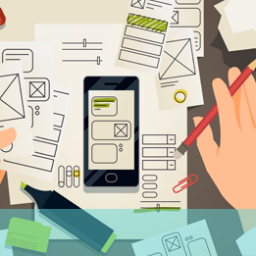
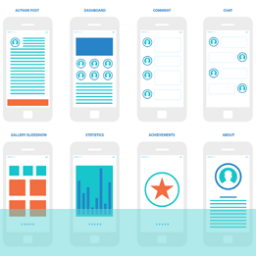

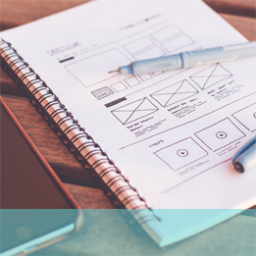

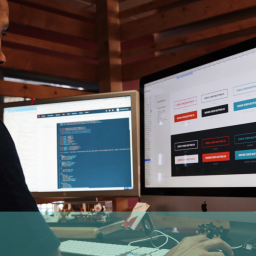

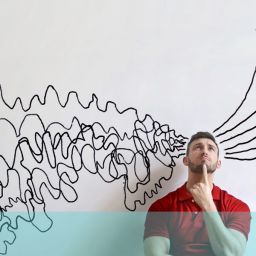


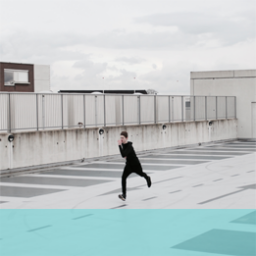


Hello everyone. I really like this website.
I especially like the contents.
Thank you representing your continued support.
Usually be happy.
야마토카지노